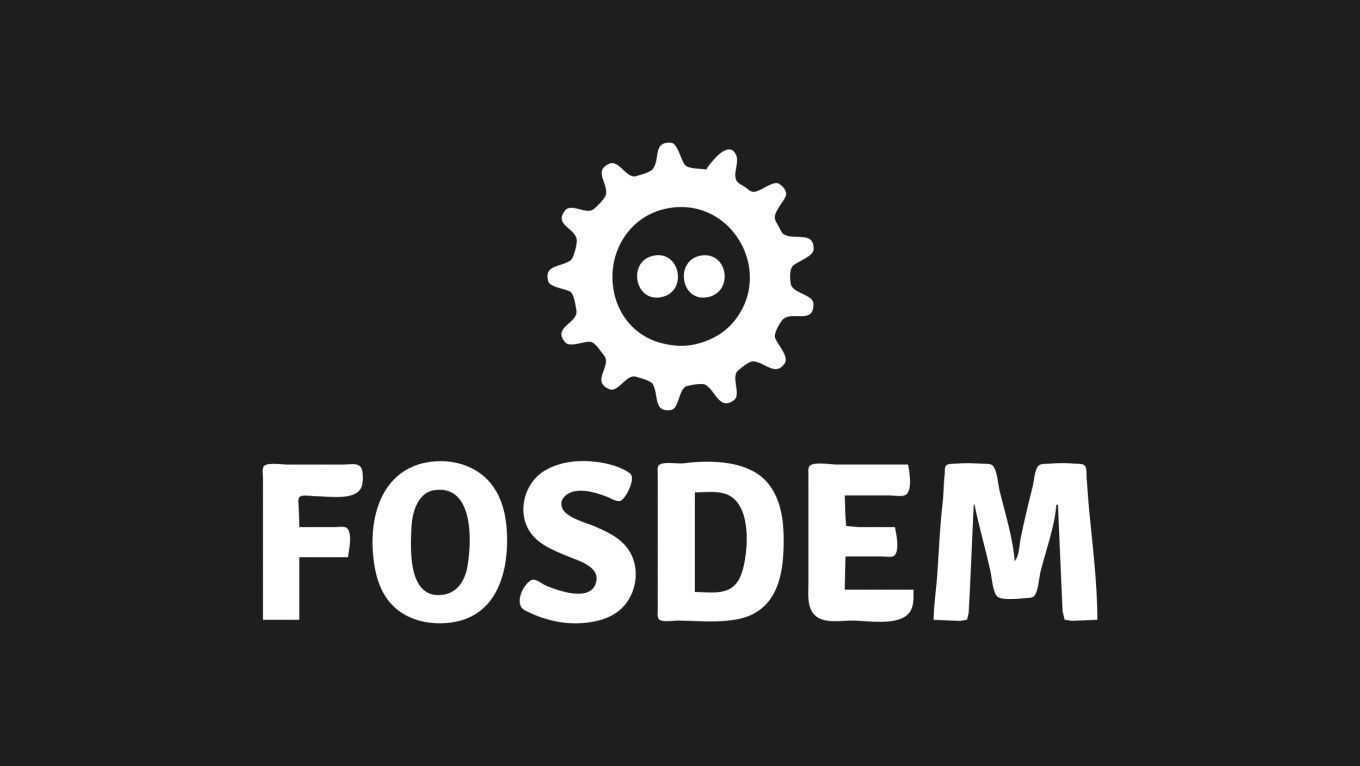Computer Aided Modeling and Design
The CadQuery Ecosystem
A sampling of community projects and extensions
<p>CadQuery is a Python module for building parametric 3D CAD models in boundary representation (B-rep). It has an active community that has created editors, personal projects, research projects, examples for new and advanced users, and plugins that extend the functionality of CadQuery. The project is maintained by a small core team and numerous community members. CadQuery is built on the OpenCASCADE (OCCT) CAD kernel, and has support for 2D and 3D primitives, allows 3D assemblies and 2D sketches to be created with constraints, and makes heavy use of features like selectors to help capture design intent.</p>
<p>There are multiple editors available for CadQuery including CQ-editor (desktop application), Jupyter-CadQuery (web based), and CadHub (web based CodeCAD sharing platform). There are repositories dedicated to examples and plugins, as well as separate projects for generating sprockets, chains, fasteners, polyhedra, and complex curves. Community members are responsible for much of the content in these repositories. There are also projects that rely on CadQuery, including in fusion research (Paramak), electrical component 3D model generation (KiCAD), and a more mouse-driven CAD application called Semblage. There are several ways of connecting with the community, including Discord, Matrix, Google Group and GitHub. Please introduce yourself and connect with other CadQuery users.</p>
Additional information
| Type | devroom |
|---|
More sessions
| 2/5/22 |
<p>Faster computations, faster communication speeds, faster everything. Today electronics can use data rates of several gigabits per second. At such speed wires and tracks are far from being perfect, bugs and glitches may arise because of them. Even low-speed designs are not safe and can encounter high-speed problems because they use high-speed capable chips.</p> <p>While the electronic CAD software KiCad has the tools to design high-speed boards, there is no tool to validate them. The usual way ...
|
| 2/5/22 |
<p>This will be joint presentation between realthunder and officinerobotica. The talk will first give a brief introduction of FreeCAD and its Link Branch, and then proceed to talk about its development in the past year with reference to the talk in FOSDEM21. New features will be presented by walking through the construction of a CAD model using FreeCAD. The talk will finish by highlighting new features in development and the road map ahead.</p>
|
| 2/5/22 |
<p>A short overview about the progress and the current state of the LibrePCB project.</p>
|
| 2/5/22 |
<p>After a short introduction to the ngspice circuit simulator the first part of the talk will present some new features available in ngspice-36. Among them are SVG plotting capability, acknowledging RKM notation (e.g. 4k7 for 4.7 KOhm resistance), new and improved convergence methods when calculation the operating point, and many others.</p> <p>The second part of the talk discusses some new features under development or still under discussion, like XSPICE memory management improvements, adding ...
|
| 2/5/22 |
<p>Update on the KiCad project including recent events, version 6 stable release, and what to expect during version 7 development.</p>
|
| 2/5/22 |
<p>BIM (Building Information Modeling) is a paradigm for 3D CAD models made for Architecture, Engineering and Construction (AEC). Long a closed, proprietary garden, it becomes more and more an open, hackable world thanks to several Free and Open-Source tools and formats.</p> <p>This talk will try to illustrate how rich that world has become when your tinkering, hacking, coding itch starts to scratch...</p>
|
| 2/5/22 |
<p>Open Cascade Technology (OCCT) is a framework for B-Rep modeling. The lecture presents a technical update from the previous talk (at FOSDEM 2021). This year we also introduce our OCCT's Community Manager who will highlight community-related activities that happened during 2021.</p>
|

